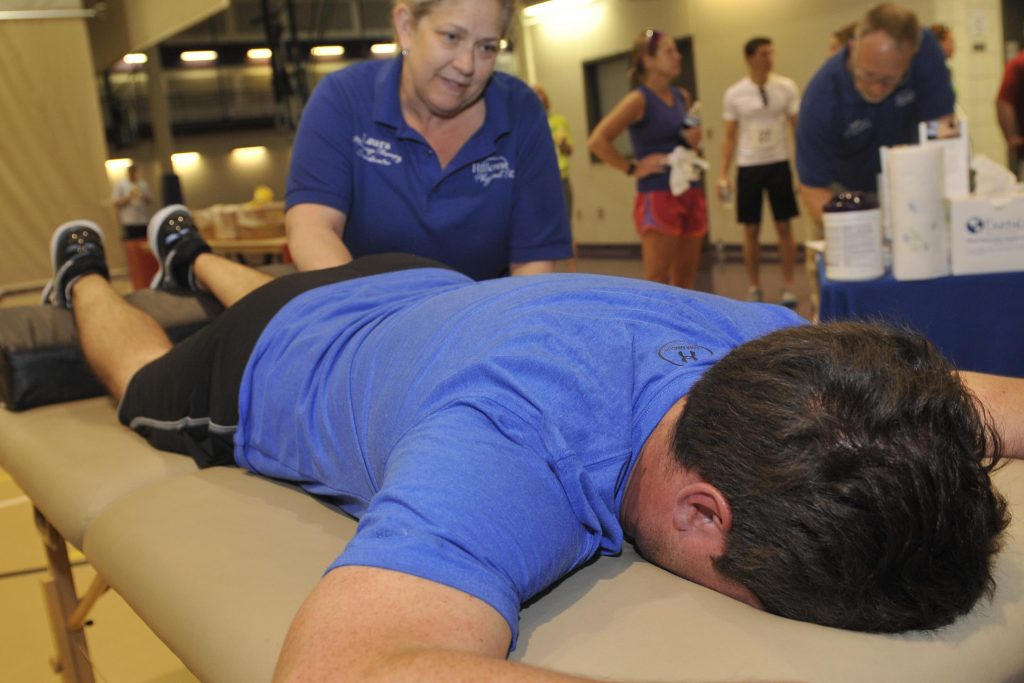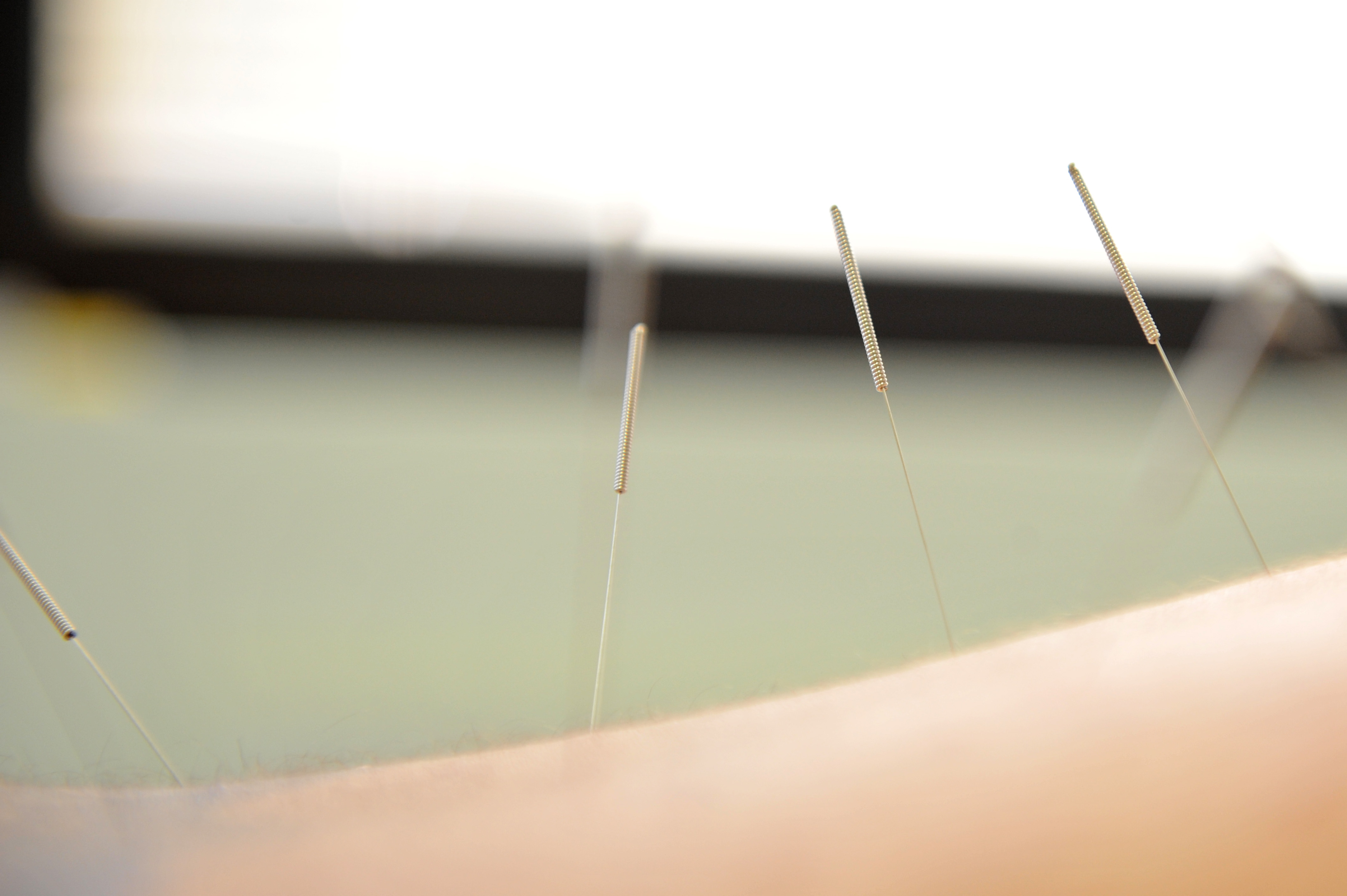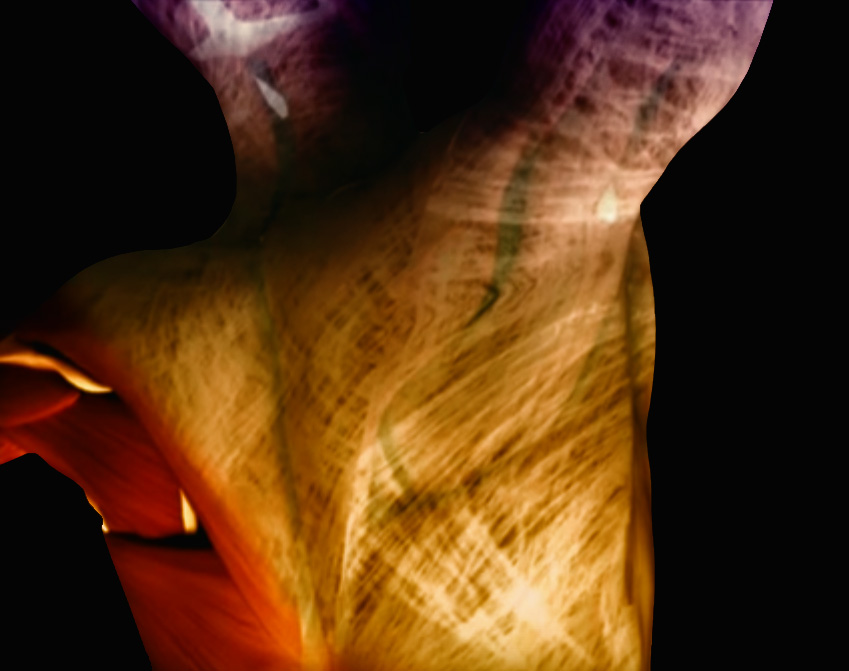The energy expenditure of massage therapists
Massage therapy can be considered as hard work, as performing massage requires energy. However, there is no objective measure yet on how much calorie is used in a course of treatment. Researchers from Poland tried to evaluate the intensity of the effort and energy expenditure in the course of performing selected classical massage techniques. This information will allow assessment of workload of a massage therapist during a work shift.
Thirteen massage therapists (age: 22±1.9 years old, average 76±11 kg, body mass index: 25±3 kg/m2, maximal oxygen consumption/body mass: 42±7 ml/kg min) were recruited. The stress test consisted in performing selected classical massage techniques in the following order: stroking, kneading, shaking, beating, rubbing and direct vibration, during which the cardio-respiratory responses and the subjective rating of perceived exertion (RPE) were assessed.
The intensity of exercise during each massage technique was expressed as % VO2max, % maximal heart rate (HRmax) and % heart rate reserve (HRR). During each massage technique, net energy expenditure (EE) and energy cost of work using the metabolic equivalent of task (MET) were determined.
The results indicated that the intensity of performing massage was:
- 47% in terms of % VO2max (maximal oxygen consumption)
- 75% in terms of % HRmax (maximal heart rate)
- 48% in terms of % HRR (heart rate reserve) during the whole procedure.
While performing the classical massage techniques, the energy expenditure was:
- net energy expenditure (EE) 5.6±0.9 kcal per minute
- metabolic equivalent of task (MET) were 5.6±0.2.
The average RPE (rating of perceived exertion) calculated for the entire procedure was 12±1 (RPE is on a scale of 6–20 points with 6 – no exertion at all, and 20 – maximal exertion).
In terms of massage technique, rubbing was the highest intensity exercise.
Based on the data, the researchers calculated that the average energy expenditure of a therapist performing a session of massage is 336 ± 56 kcal per hour. This amount of energy is equivalent to running for half an hour or a distance of 5 km.
For a therapist working 5 hours per day, this is about 1700 kcal per day. This work is classified as hard work according to a classification of work intensity that is based on energy expenditure during a work-shift. Hard work is in the range of 1500–2000 kcal per work shift.
The authors concluded that physical exercise while performing a single classical massage is characterized by hard work. Massage technique which has the highest exercise intensity is rubbing. According to the classification of work intensity based on energy expenditure, the masseur’s work is considered heavy during the whole work shift.


